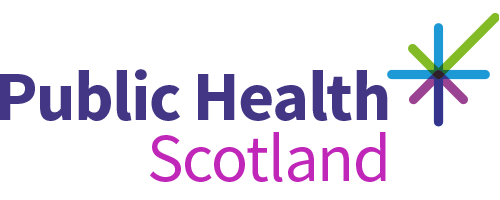- Published
- 08 August 2025
- Journal article
Burnout and depression in the UK dental workforce: findings from a cross-sectional survey
- Authors
- Source
- British Dental Journal
Abstract
Introduction As the crisis in UK dentistry shows few signs of abating, there is a need for ongoing assessment of the mental health of all members of the dental team and development of the evidence base needed for effective interventions.Aim The aim of this paper was to evaluate current levels of burnout, depressed mood, experienced trauma and preparedness to provide quality care in dental teams in the UK.Methods An anonymous cross-sectional survey was undertaken in 2023 of all members of the dental workforce, across the four constituent countries of the UK. In total, 1,507 members of the dental workforce completed the questionnaire. Quantitative data were analysed using Stata/MP 16.1 and subjected to descriptive calculations, analysis of variance and multiple regression analysis.Results Dental staff reported high levels of negative psychosocial impact, including depressive symptomology, burnout and trauma. In total, 61% of respondents scored as 'high' on the emotional exhaustion scale, with dentists in particular suffering on this measure. High levels of respondents were also experiencing feelings of detachment towards patients. Feelings of low personal accomplishment appeared to be most pronounced in dental care professionals. Participants with an NHS commitment between 75-99% were experiencing significantly higher levels of emotional exhaustion and depressive symptomology and lower levels of personal accomplishment. Self-employed participants had significantly higher levels of emotional exhaustion and depersonalisation than employed participants. Age was a significant predictor across all measures (except post-traumatic stress disorder), with early-mid career participants found to be in particular difficulty. Overall, 8% of respondents were exhibiting signs of occupational burnout, rising to 10% for dentists alone. The proportion of respondents reporting symptoms suggestive of a diagnosis of depression was over 36%. While depressive symptomology was lower among practice managers and receptionists than dentists and dental care professionals, for all professional groups, it was still far in excess of what would be expected in a population-based cohort. On average, all respondents felt prepared to provide quality practice; although, dentists felt less prepared. One-quarter of participants reported an ongoing traumatic impact from the COVID-19 pandemic.Conclusion A sizeable group of people working in dental care settings in the UK are experiencing psychological distress. Solutions require change at the system level, identifying and modifying those conditions that create an environment that promotes burnout and depression. There is an urgent need for all four countries of the UK to reform the system within which NHS dentistry is delivered to improve the psychological safety of the whole dental team.
Rights
This article is licensed under a Creative Commons Attribution 4.0 International License, which permits use, sharing, adaptation, distribution and reproduction in any medium or format, as long as you give appropriate credit to the original author(s) and the source, provide a link to the Creative Commons licence, and indicate if changes were made. The images or other third party material in this article are included in the article's Creative Commons licence, unless indicated otherwise in a credit line to the material. If material is not included in the article's Creative Commons licence and your intended use is not permitted by statutory regulation or exceeds the permitted use, you will need to obtain permission directly from the copyright holder. To view a copy of this licence, visit http://creativecommons.org/licenses/by/4.0.
Cite as
Knights, J., Young, L., Humphris, G., Newton, T. & UK Dental Team Mental Health Research and Implementation Group 2025, 'Burnout and depression in the UK dental workforce: findings from a cross-sectional survey', British Dental Journal, 239, pp. 1896-196. https://doi.org/10.1038/s41415-025-8605-7
